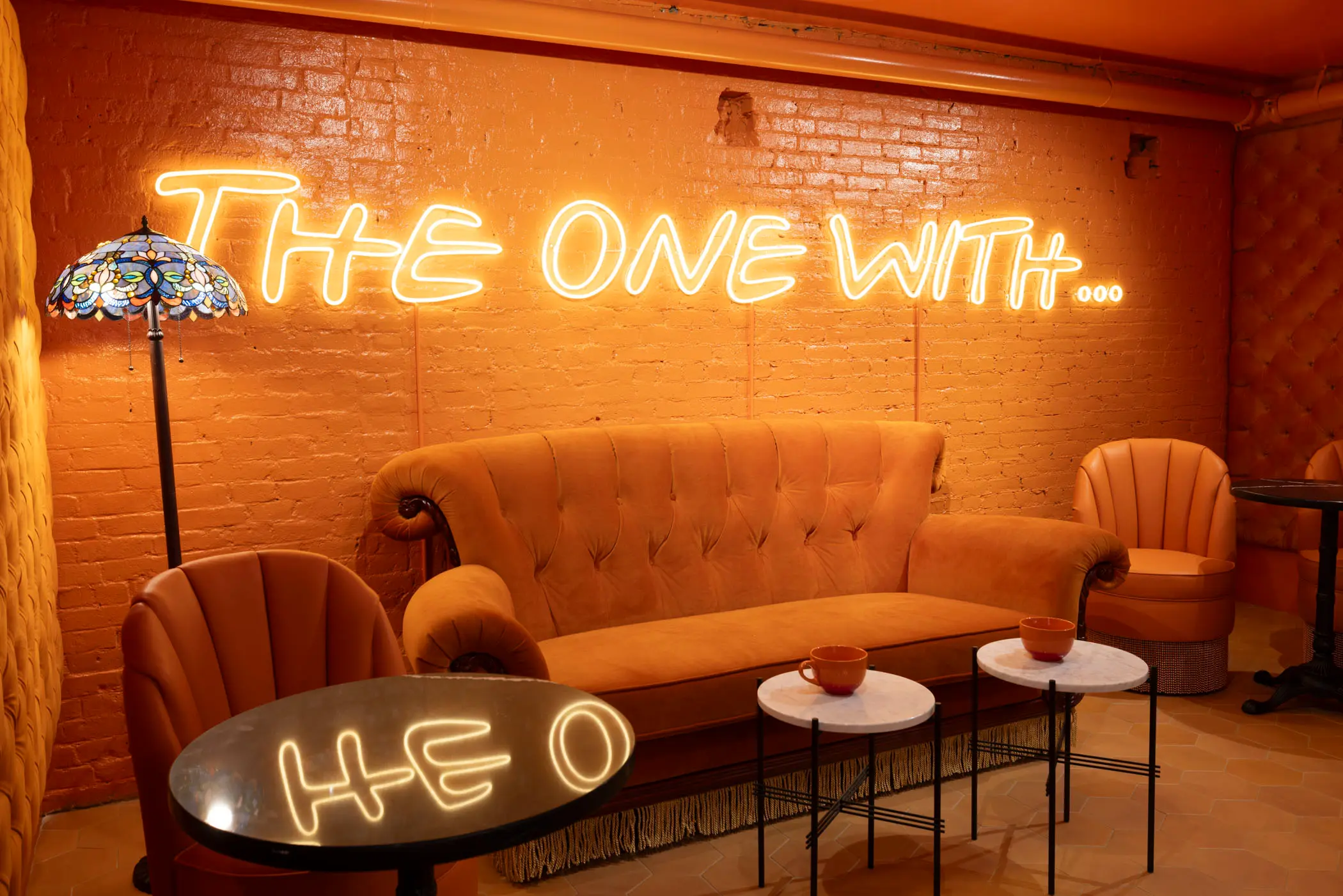FeaturedBlog
Design for Dollars: How the Right Interior Boosts Sales in Fast vs. Full-Service Restaurants

Images CentralPerk B Design Lead Glen Coben
Fast-Service vs. Full-Service: A Guide to Restaurant Interior Design
A successful restaurant interior design must reflect not only aesthetics but also its operational style. The way a fast-service venue uses space differs significantly from a full-service restaurant, and understanding these differences is key to aligning your design with your business goals.
Defining the Two Models
The core purpose of each service model dictates its design language. Current restaurant design trends show some blending between the two, but the fundamental principles remain distinct.
Fast-Service Restaurant Design
Fast-service restaurants emphasize speed, efficiency, and high turnover. Interiors are designed to minimize dwell time and streamline the customer journey from entry to ordering and pickup.
- Flow: Circulation is intuitive and oriented toward the counter, with clear signage and pathways.
- Seating: Density is prioritized with compact, modular, and often stackable furniture.
- Materials: Durability is key. Surfaces like laminate, polished concrete, and metal are chosen to withstand heavy use.
- Lighting: Brighter lighting is used to encourage quicker turnover.
Full-Service Restaurant Design
Full-service spaces are designed to balance comfort and guest experience. The goal is to invite guests to linger, relax, and immerse themselves in the brand's atmosphere.
- Flow: The guest journey is more choreographed, often controlled by a host and leading to varied seating zones.
- Seating: Comfort is the priority, featuring upholstered seating, spacious booths, and varied table arrangements.
- Materials: Tactile and atmospheric materials like warm wood, layered textiles, and artistic finishes are common.
- Lighting: Softer, warmer, and layered lighting is used to create intimacy and ambiance.
Key Considerations for Both Models
Guest Psychology and Operations
Design choices are psychological nudges. In fast-service, the design guides guests toward quick decisions. In full-service, cues like comfortable seating and dimmed lighting encourage relaxation and extended stays. Operationally, this means streamlining traffic for speed in one, and prioritizing clear server paths and acoustics in the other.
Technology and Branding
Technology is integrated differently. Fast-service interiors feature visible tech like self-order kiosks and digital menu boards. Full-service spaces use tech more discreetly, such as through concealed POS stations and ambient sound systems. In both cases, the design must be a direct reflection of the brand identity.
Budget and Outlook
Typically, fast-service interiors cost less per square foot due to the focus on durable, mass-produced finishes. However, the future is hybrid. Many concepts now blur the boundaries, offering modular layouts that can flex between quick bites and longer stays, with sustainability—like using reclaimed materials and LED lighting—becoming a common standard for both.
Conclusion: Design with Purpose
Whether you're operating a fast-casual chain or an independent bistro, success lies in aligning your design with your service promise. By understanding the core differences and leveraging current restaurant design trends thoughtfully, you can create a space that is not only beautiful but also operationally efficient and profitable.
Request AI Spaces’ permit-readiness quick scan to confirm your restaurant design aligns with your service model.